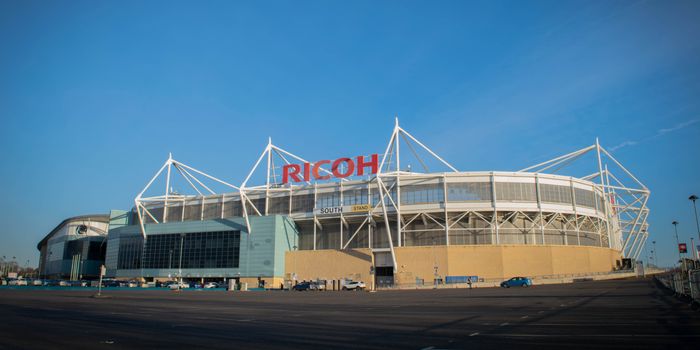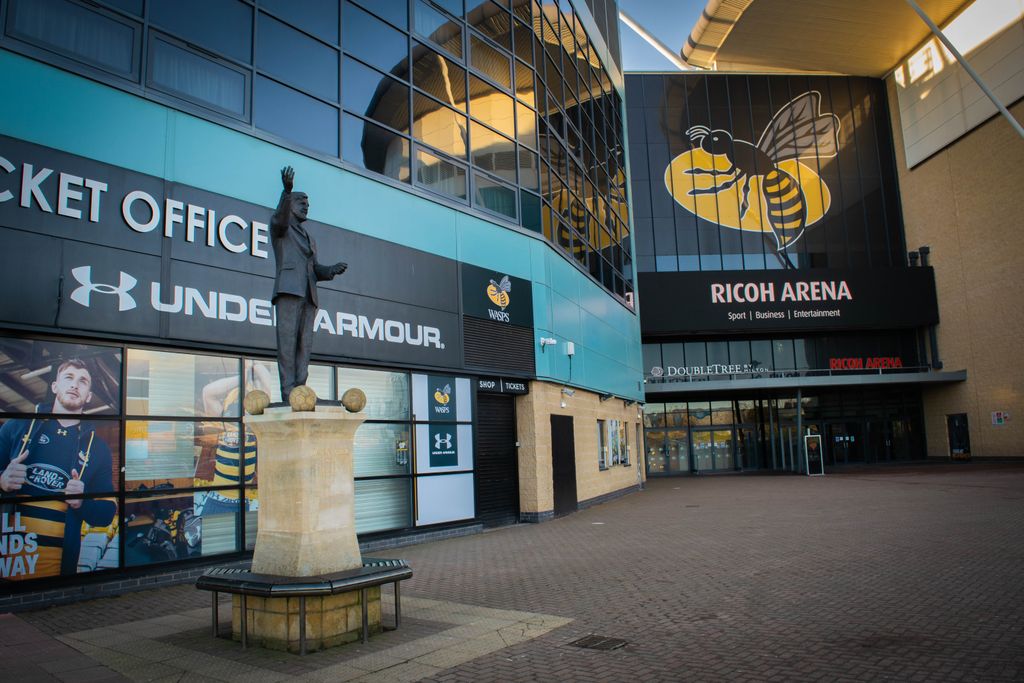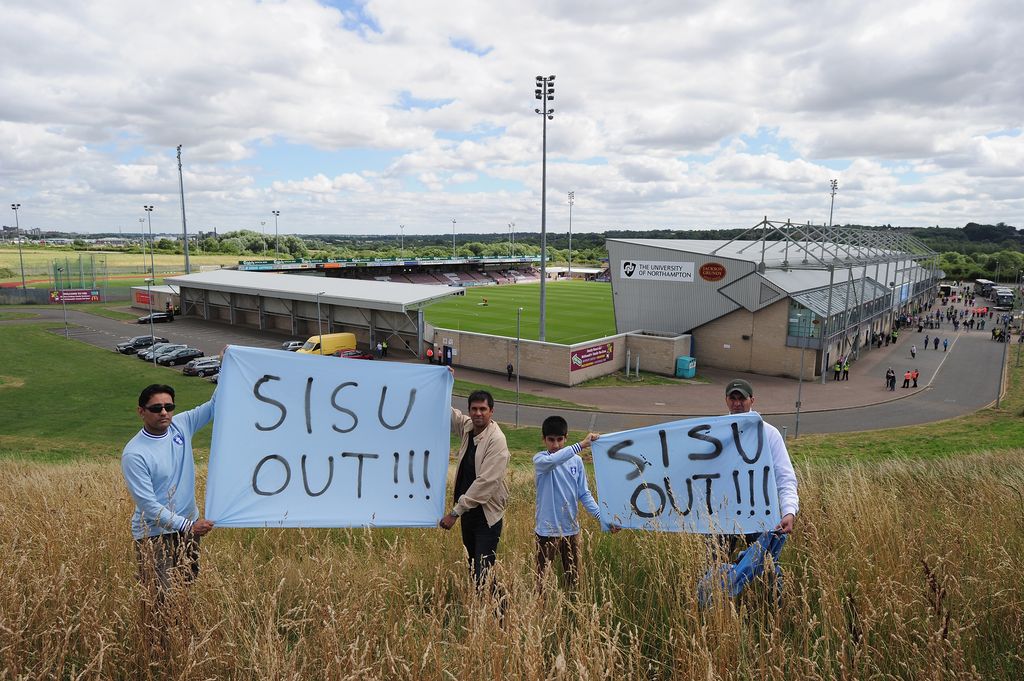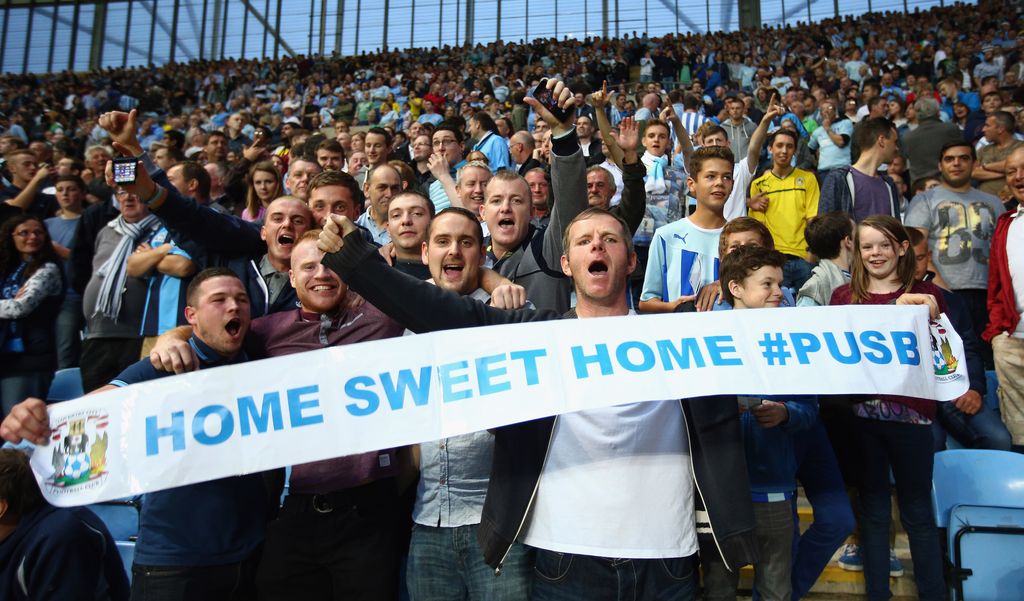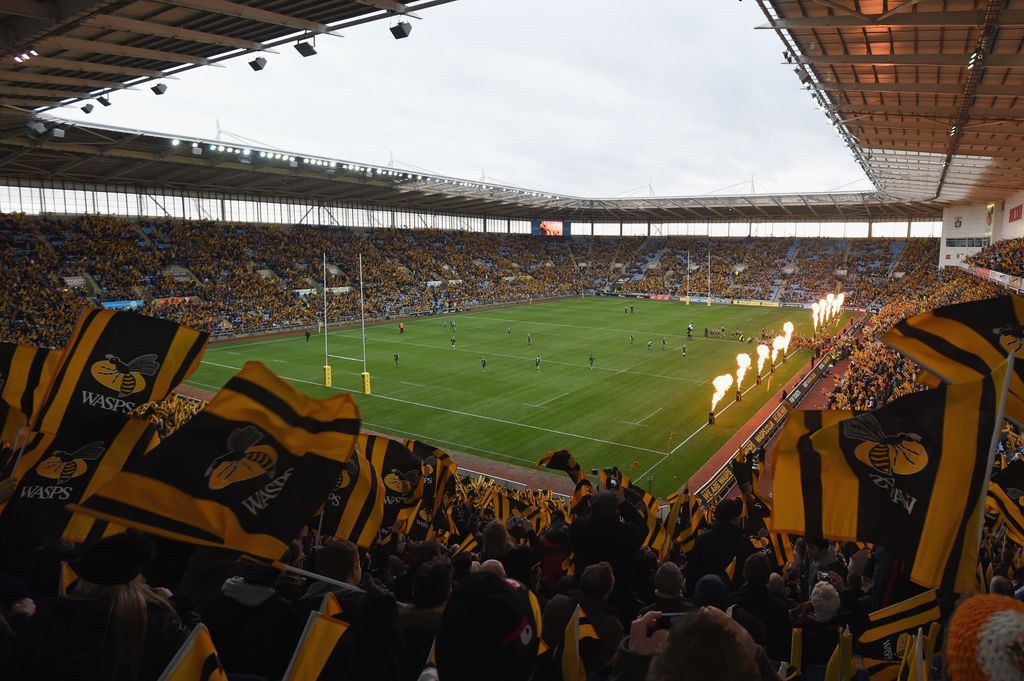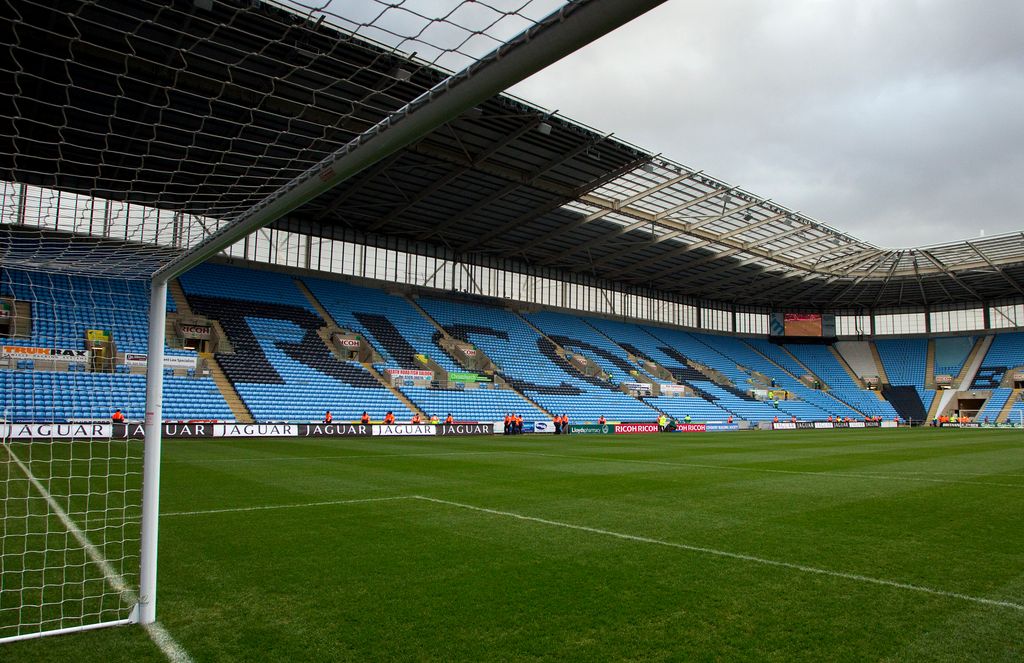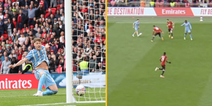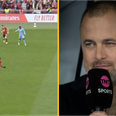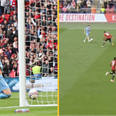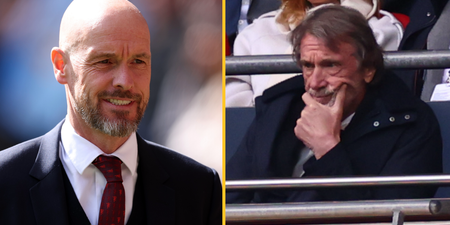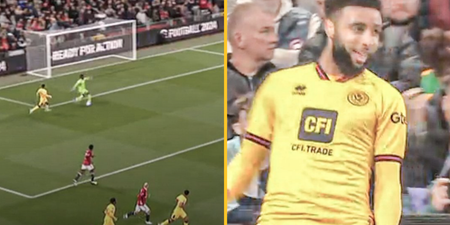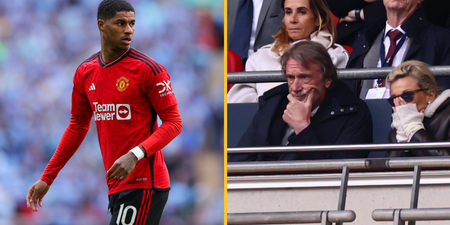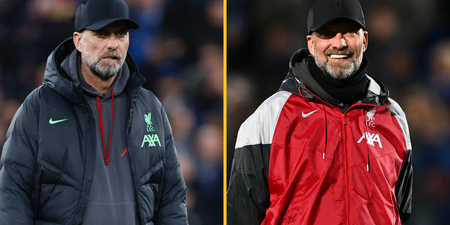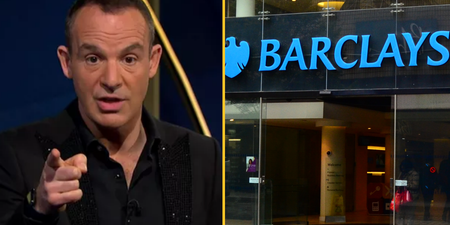In the atrium that runs the length of the Ricoh Arena’s West Stand, near where the bronze statue of Sir Jimmy Hill stands atop a stone plinth, three men are gathered round a table. All are Coventry City supporters; all are wondering – again – how it’s come to this.
David Johnson is 64. He’s old enough to remember the good times: the FA Cup win in 1987, the halcyon days of top flight football. He can even pinpoint the exact game his obsession with the club truly started. Played in the week between Christmas and New Year in 1977, he was one of 21,000 in attendance at Highfield Road to see Coventry get the better of Norwich City in a breathless 5-4 win.
“The atmosphere was electric that night,” he recalls. “I already had a season ticket by that stage, but that was the moment I knew this was my team.
“I was hooked. I have been ever since.”
Next to him sits CJ Joiner, who grew up watching Coventry as a Premier League club in the 1990s. He remembers his first game – a 1-0 home defeat to Everton in April 1992.
“I saw them lose so I suppose I started as I meant to go on,” he smiles. “But there were a lot of happy times, too. I was there when we beat Liverpool and Villa at home. United, too.”
Sitting opposite is Moz Baker, chairman of the Sky Blue Trust. The son of a Liverpudlian, his first taste of football came not at Highfield Road, but at Anfield.
“I fell in love with football when I was watching Liverpool in the seventies, but I was a Coventry boy, born and raised. I wanted to support my hometown club, so I did.”
“This is a great city,” he continues. “People knock it, but it’s been through a hell of a lot over the years. Coventry City Football Club is at its heart and the thought of them not being here anymore breaks my heart. This place needs its football club. The two go together.”
Even when factoring in all that has happened to Coventry City in recent years, their current plight still feels like a new nadir.
It’s February and, assuming Coventry don’t reach the League One play-offs in May, they will run out on to the Ricoh pitch for only six more games – at the stadium built for them by the city’s council. Beyond that, it’s unclear where the Sky Blues will play their home matches, or if the club will even continue to exist at all in the longer term.
Yet again it’s SISU, Coventry’s notoriously unpopular owners, that are at the heart of the latest problem. Undeterred by a string of failed legal challenges into the city council’s stewardship of the Ricoh, SISU’s latest appeal has seen them protest the council’s sale of its half of the stadium’s operating company to Wasps, the rugby club that acquired the arena in 2014.
Wasps made it known a year ago that they would not consider extending the current agreement which allows the football club to play at the Ricoh while SISU persist with legal action. This, coupled with the fact there are no alternative stadiums available, means Coventry City are on the brink of being homeless.
“If they had some merit to their challenge we could at least understand why they were pursuing it,” Johnson, who runs the Jimmy Hill Way Campaign, explains. “But they’ve had enough judges ruling against them to make up a football team – some of the best in the country – and still they continue.
“All of this could be stopped tomorrow.”
The Ricoh was built during the early 2000s, funded entirely by the city’s council on the basis that any revenue and running costs it generated would be split equally between themselves and Coventry City.
The Sky Blues’ sorry decline had already long since begun by the time they played their first game at their new home in 2005. Their 34-year stint in the Premier League ended in relegation in 2001 and subsequent financial problems were stacking up. Ultimately, it was decided that the club would sell its 50% share in the stadium operating company to the Alan Edward Higgs Charity, with an agreement in place that they could buy it back when in a strong enough financial position to do so.
SISU arrived in the December of 2017, with well-publicised intentions of returning Coventry to the Premier League.
“In fairness, they started well enough,” Baker recalls. “The club was on the verge of administration at the time but they came in and signed good players – the kind of players that could have got us somewhere near the Premier League with a bit of luck.”
But despite SISU’s early investments in the squad, Coventry failed to mount a serious promotion push and were eventually relegated to League One in 2012.
By then, the SISU spending had dried up. Instead of improving the team, their attention appeared to have switched to reacquiring the club’s 50% share in ownership of the Ricoh.
“That’s when the rot really set in,” Johnson remembers.
In April 2012, SISU withheld payments of rent on the arena, something Mr Justice Hickinbottom saw as a calculated attempt to weaken the financial position of the stadium operating company, paving the way for them to try and buy the Ricoh at a knockdown price. While continuing the rent strike, SISU also had an offer for the Alan Edward Higgs Charity’s 50% ownership of the stadium turned down.
After this rejection came the unthinkable: SISU opted to uproot the football club from the city in which it had spent the entirety of its 130-year history, taking them to Northampton Town’s Sixfields Stadium.
The Ricoh was left empty, its financial troubles mounting.
“None of us expected it. We’d heard it was possible, but none of us really believed it until it actually happened,” Joiner says.
He, Johnson and Baker – along with many other disgruntled Coventry supporters – made the 68-mile roundtrip to Sixfields for numerous ‘home’ games during that time; not to watch the team, but to protest about the situation from a position on a hill overlooking the stadium.
After more than 500 days in exile, Coventry eventually returned to the Ricoh in September 2014. Over 27,000 turned out to welcome the team back against Gillingham, the first time they had played in their own city in 17 months.
Though it was seen by many as the end of a particularly bitter chapter in the club’s history, their time away has left lasting scars.
“My grandad’s a lifelong fan and he’s only been to the Ricoh about four times since the team came back,” says Joiner. “There’s some lads in the Diamond Club who’ve supported the club for 50 plus years. Many of them haven’t been back since Northampton. It killed it for them.”
“A lot of people have been lost because of Sixfields,” adds Baker. “Many have simply never come back, either because of that or because the people who decided on it are still in charge.”
SISU’s decision to move the club away in the first place seems to have been fuelled by a belief that no other team would move into to the Ricoh in Coventry’s place. With that, its operating company would have little choice but to agree to their terms as a result. As it went, this wasn’t the case. Wasps were already tenants at the stadium by the time Coventry returned and towards the end of 2014, they completed a deal for the Ricoh, agreeing terms with both the council and the charity.
Perhaps understandably, there’s some resentment towards the rugby side from Coventry supporters, though few can deny that they have made a success of their relatively short time in the city.
“I don’t want Wasps here,” Johnson admits. “They’re in a ground that was built for us and I always felt that in moving them here, their owners were doing to them what our owners had done to us with Northampton.
“But on the whole, a lot of their fans have got behind it and they’ve managed to attract a new fanbase by coming to Coventry – something we never did when we went to Sixfields.
“Am I comfortable with it? No. Do I blame them for being better businessmen and more professional than our owners have ever been? Of course I don’t.”
And so the wait goes on for word of SISU’s latest legal challenge, one that many suspect is destined to fail, just like the others. The severity of the situation was outlined in a recently released statement from the English Football League, which made clear that Coventry’s failure to confirm their next home ground by March 5 could result in expulsion from the league.
The frustration of the club’s supporters is obvious. It is they that have suffered the most of anyone in these wretched last few years; it is they who face the very real prospect of losing their team to circumstances they were completely powerless to prevent. The likes of Johnson, Joiner and Baker have organised and taken part in protests; they’ve even braved the January cold to spend a night outside the arena in a bid to raise awareness of their club’s desperate situation (and money for the city’s homeless community). Still, their efforts haven’t been enough.
“It’s been like watching a much loved relative suffering terminal cancer,” Johnson says, resting his coffee cup on the table for a final time.
“There was a lot of grief when we went to Northampton – genuine grief. I’ve seen grown men in tears over it.
“Then, we got the remission with us coming back in 2014. There was so much joy that we’d come back and the first game against Gillingham was fantastic. But then the cancer started taking hold again and, well, here we are: six games left and it could all be over.
“Potentially, that’s the end. And trust me, if it is, the grief will hit very hard in this city.”
